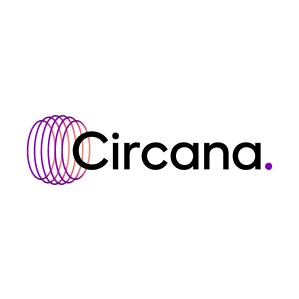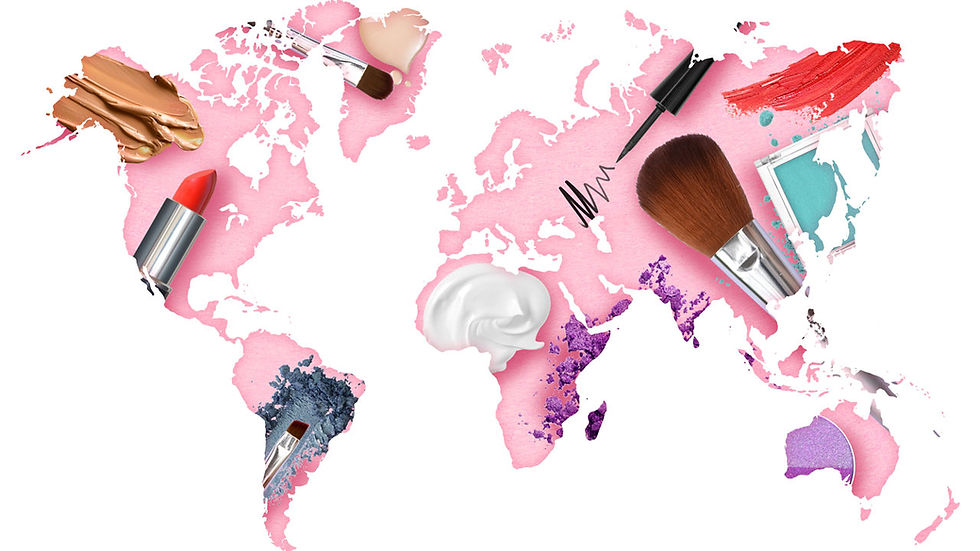- Circana

- Mar 30, 2023
- 2 min read
Updated: Sep 11, 2024
For a beauty brand or product to be classified as “luxury,” this traditionally meant it is the highest quality and has equally staggering price tags. This definition is still relevant and, for many consumers, will always be the case. But consumer brand perceptions are changing as new brands with strong value propositions enter the prestige beauty space. As such, consumers’ definition of luxury, particularly when it comes to skincare, is also a moving target.
Within the U.S. prestige beauty market, the most luxurious category is fragrance. The average price of a fragrance is more than double that of skincare, and it continues to rise. For the past few years, the fragrance category has experienced skyrocketing sales, attributed to more consumers purchasing higher-priced brands and stronger concentrations, which are more expensive. Consumers seem to understand the value of paying more for luxury fragrances and have embraced doing so. However, this is not the case when it comes to skincare.
Luxury skincare – defined here as a brand with an average price two-times higher than the category overall – accounts for less than 10% of total skincare units sold through prestige retailers, which are mainly department and beauty specialty stores. Unit sales were flat in the first two months of the year, versus 2022, while the overall prestige skincare category grew by 17%. In terms of sales revenue, luxury brands grew 2% during these same two months, trailing the overall category’s 14% growth. These sales trends indicate that overall consumer demand for luxury skincare brands is soft.
The biggest hurdle for luxury skincare to overcome is the fact that lower-priced brands with prestige positioning have entered the consumer’s universe. These brands peeled back the curtain by providing consumers with a level of ingredient and formulation transparency that hadn’t been seen before. They took a cornerstone of luxury – higher prices due to more expensive and efficacious ingredients – and showed the consumer that she can pay $15 or less for those same ingredients and achieve the desired results.
Just over 50% of U.S. consumers say they avoid spending a lot on skincare and 64% report that brands at mass merchandisers are as good as higher priced brands, according to findings from NPD’s 2022 Women’s Facial Skincare Report. The lesson here is that luxury skincare brands need to show the consumer their unique value proposition. Higher priced fragrance brands have a unique advantage that skincare brands do not, because that category lacks a healthy market for lower-priced alternatives. For luxury skincare to win more sales, brands will need to directly address their indirect competitors and romance consumers with the “why” behind the luxury buy.
Get insights straight to your inbox


























